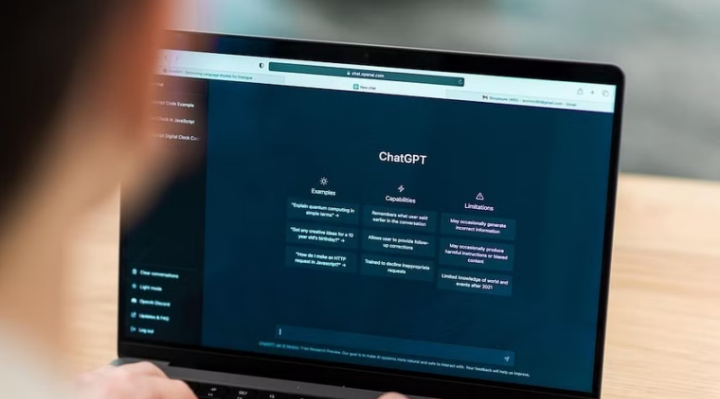
Do you want to lose weight but don’t want to pay a dietician? Maybe ChatGPT can prepare your diet plan for you. In an interesting turn of events, a guy by the name of Greg Mushen managed to lose 26 pounds while following to a ChatGPT diet plan. Greg initially detested running but asked the chatbot for help in creating a wholesome fitness schedule. Greg now runs six days a week and enthusiastically anticipates his workouts after three months. He even shed 11 kg in the course of it.
Greg was dubious when he first heard the AI-generated recommendations. The suggested method was to ease into running by taking modest, steady steps. At first, he was only told to leave his running shoes by the entrance. He had a brief run on the third day that lasted just a few minutes.
In the end, ChatGPT’s plan worked perfectly. According to McConkey, an exercise physiologist and author of “Pliability for Runners,” beginners should avoid overexertion and concentrate on making slow, steady improvement to avoid injuries. The greatest strategy to develop and maintain a running habit while enhancing fitness and general health is to go slowly and steadily.
Unexpectedly, running was not at all a part of Greg’s early training routine. He was told to leave his shoes by the door on his first day, and the next day he was requested to plan a run in his calendar. Despite the fact that these chores appeared to be unimportant, Greg felt a sense of success after finishing them.
According to McConkey, even simple practices like these can help people overcome the difficulties associated with beginning a fitness regimen. Planning ahead, visualizing the outcome, and other similar behaviors can inspire people to start and maintain a commitment.
Short jogging sessions that don’t fatigue them are perfect for new runners like Greg. In the first several months, McConkey suggests against straining oneself to the point of soreness. Instead, the emphasis should be on creating a habit and gradually building up your running mileage over time.
As he went along, Greg turned to ChatGPT for advice on how to deal with any discomfort that could come up while he was running. McConkey advises staying away from these problems entirely, though. To measure muscular tightness and pain before and after running, he suggests performing a quick foam roller test. Overexertion is indicated if the muscles feel more tense or sore after a run. Regular foam rolling is indicated to help muscles heal till they reach their baseline condition.
In the end, developing the ability to endure through hardships in life is the secret to successfully keeping an exercise habit over the long run. The amount of time you spend moving around and engaging in physical activity can make a big difference in your quest for fitness.
Greg’s success with the AI-generated workout plan serves as a prime example of the potential advantages of incorporating technology into fitness regimens.



